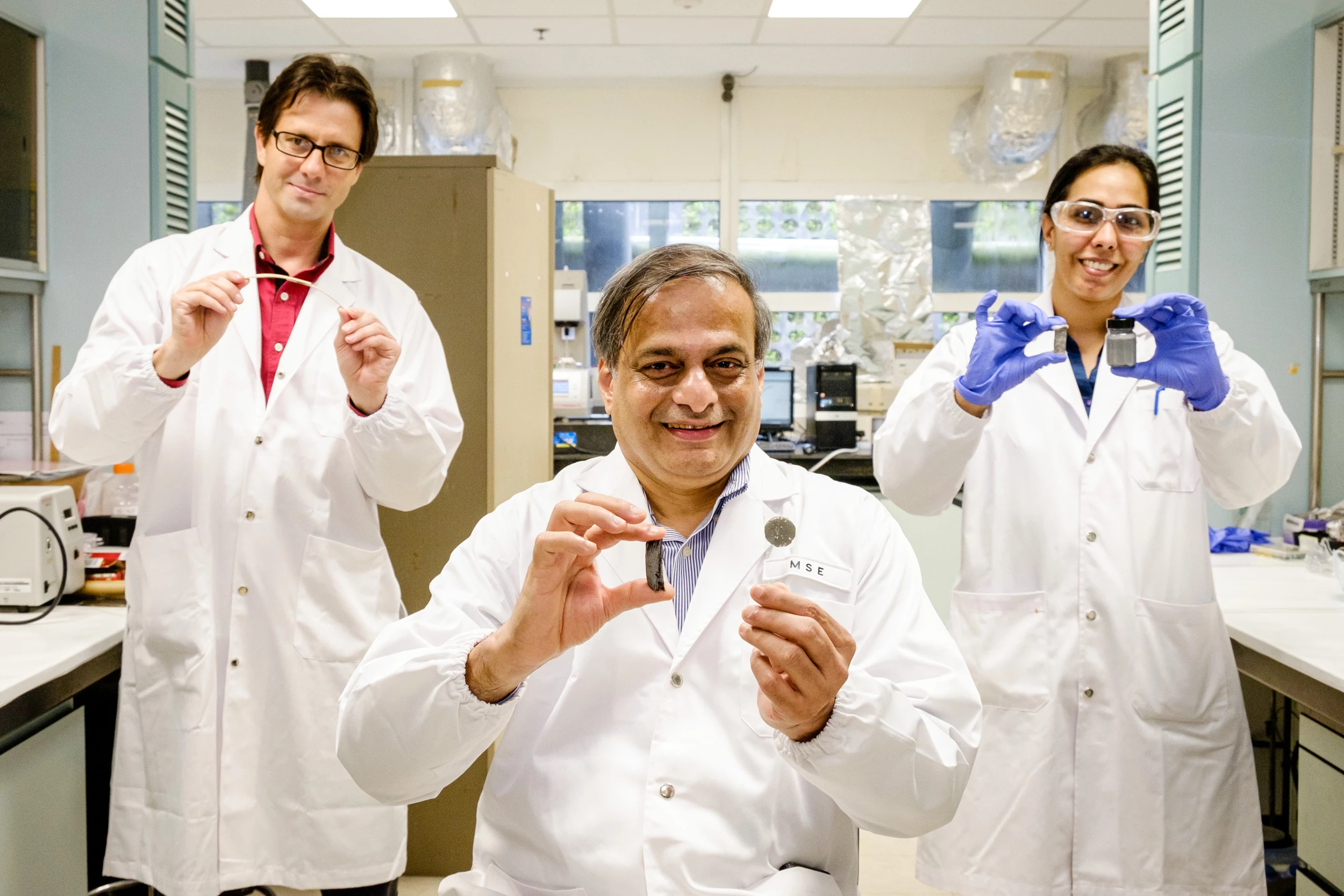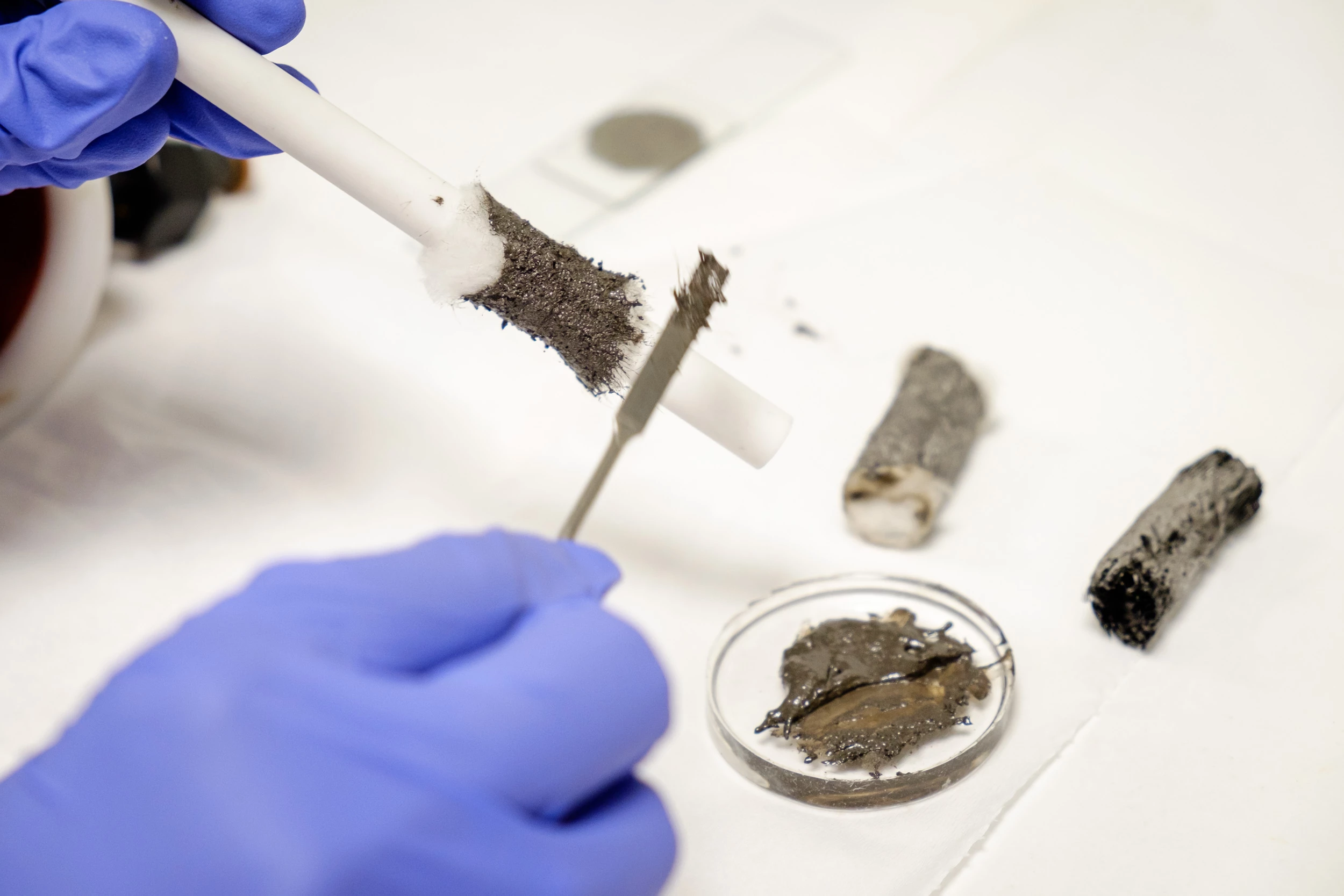Ordinarily, epoxies are cured by exposure to either heat or ultraviolet light. Both have their drawbacks, which are nicely avoided by a new epoxy that hardens when passed through a magnetic field.
One of the problems with some heat-activated epoxies is the fact the glue – along with the materials that it's been applied to – have to be placed in a high-temperature oven. Products like those made using carbon fiber rely on this process, which requires a lot of energy and may also damage the materials. Additionally, if the epoxy is sandwiched between opaque, insulating materials, it's shielded from both heat and ultraviolet light, making it considerably more difficult to bond.
Looking for an alternative, scientists from Singapore's Nanyang Technological University started with an existing heat-activated epoxy, then mixed in nanoparticles made of manganese, zinc and iron. When that mixture is exposed to a magnetic field, the particles heat up, curing the epoxy. No catalyst has to be added (as is the case with two-part epoxies), and it doesn't matter if the glue is covered or uncovered by any materials.

According to the researchers, one gram of the "magnetocuring adhesive" can be cured by a 200-watt electromagnetic device within five minutes, consuming 16.6 watt-hours of energy in the process. By contrast, the same amount of a conventional heat-activated epoxy would have to be placed in a 2,000-watt oven for one hour, consuming 2,000 watt-hours – that equates to using one 120th as much energy.
What's more, the strength of the bonds is claimed to be similar to that of regular epoxies. Potential applications for the technology could include the manufacturing of aerospace, automotive, sports and medical products.
"Our temperature-controlled magnetic nanoparticles are designed to be mixed with existing one-pot adhesive formulations, so many of the epoxy-based adhesives on the market could be converted into magnetic field-activated glue," says Prof. Raju V. Ramanujan, who is leading the research along with Assoc. Prof. Terry Steele and Dr. Richa Chaudhary.
"The speed and temperature of curing can be adjusted, so manufacturers of existing products could redesign or improve their existing manufacturing methods. For example, instead of applying glue and curing it part by part in a conventional assembly line, the new process could be to pre-apply glue on all the parts and then cure them as they move along the conveyor chain."
A paper on the research was recently published in the journal Applied Materials Today.
British scientists previously developed an iron oxide nanoparticle-containing polyurethane adhesive of their own, although it releases its bond when passed through a magnetic field – it could find use in easily recyclable electronic devices.
Source: Nanyang Technological University






